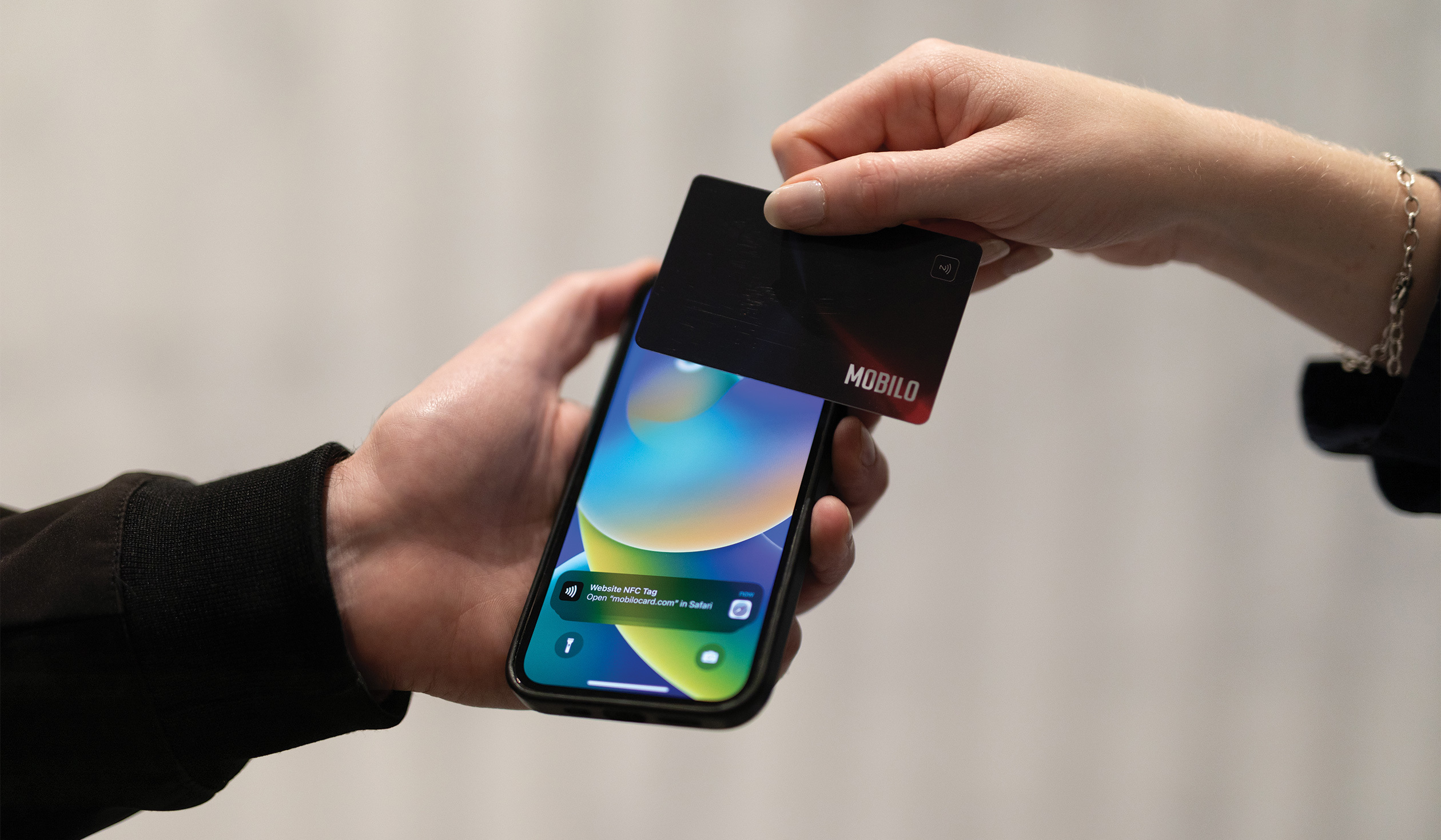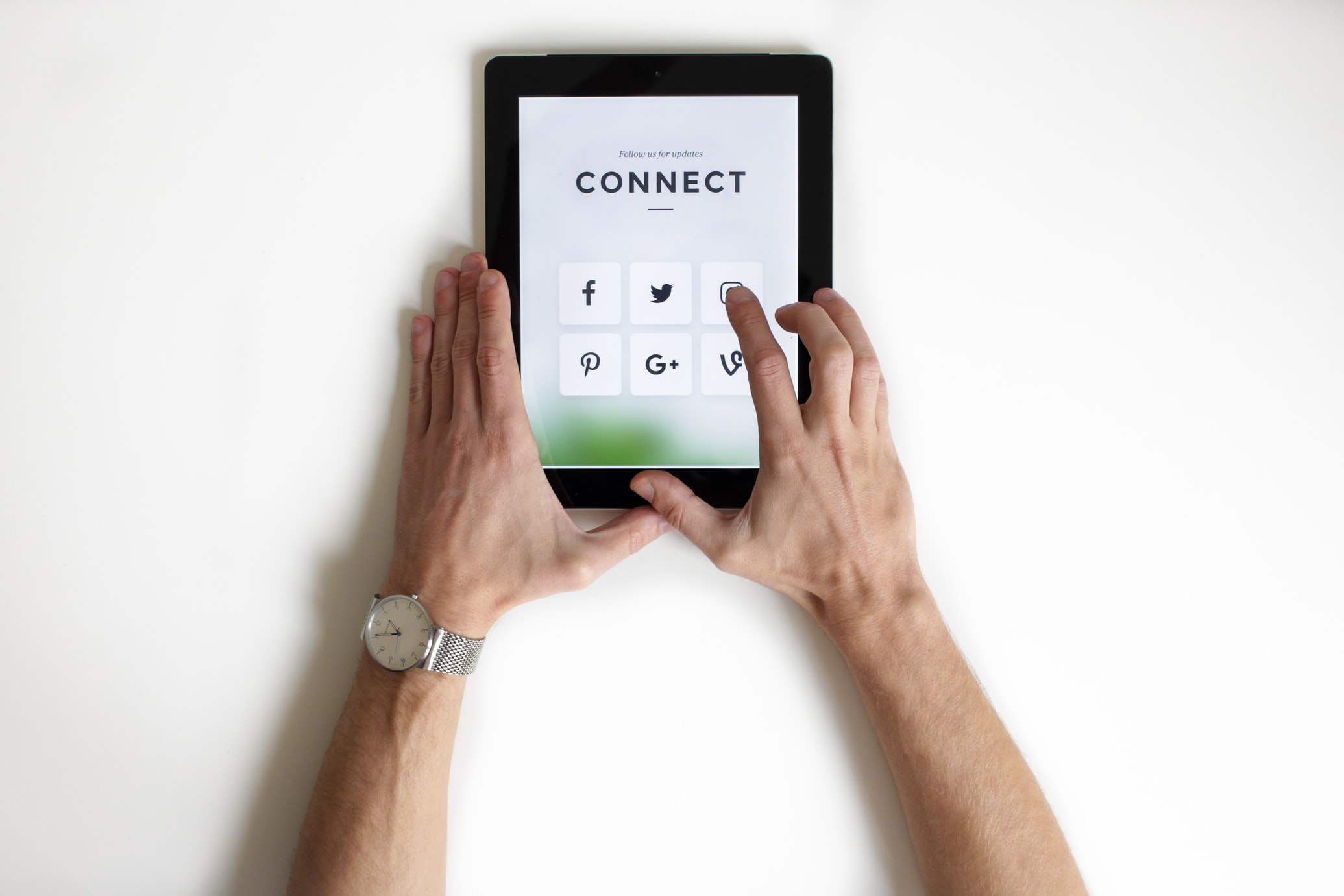.svg)

Here’s our 10th blog post crafted with the help of powerful AI tech.
Digital transformation means bringing smart tools into every corner of your business. It’s not just a trend, it’s how companies stay sharp, adapt fast, and deliver more value in a changing world. And that change touches everything, including how your team connects.
One of the simplest and most overlooked upgrades? Ditching old-school paper business cards. Today’s top professionals are swapping stacks of cards for something smarter: Mobilo-powered digital business cards.

Smart business cards are the sleek, eco-friendly answer to paper clutter. With built-in NFC, one tap is all it takes to swap contact info. No more lost cards. No more bulky wallets. And way more functionality than a printed card ever offered.
Here’s how to implement a digital transformation in your business’ networking strategy and make the most of smart digital business cards:
The first step in upgrading your networking game? Go paperless. Swap traditional cards for smart digital business cards and set the tone for a more modern, more sustainable brand.
There’s no sugarcoating it, paper cards are wasteful. They take trees to make, cost time to print, and often end up in the trash. Digital business cards, on the other hand, don’t drain resources and are built to last.
Going digital isn’t just greener, it’s cleaner. Forget bulky rolodexes or lost cards. With Mobilo’s tap-and-share tech, contact info lands where it should, fast, direct, and always ready when you need it.

Now that you’re paper-free, it’s time to level up. Smart digital business cards aren’t just modern—they’re magnetic. Add images, videos, QR codes—whatever tells your story best—and make every connection stick.
But it’s not just about looks. Mobilo cards come packed with features paper cards could never touch. Track views, monitor clicks, and connect those insights to your sales, marketing, or HR tools. It’s powerful, scalable, and built for real-world business.
Social media platforms like LinkedIn are a great way to connect with other professionals and build your network. By integrating your networking strategy with social media, you can leverage the power of these platforms to reach a wider audience and make more meaningful connections.
You can also use social media to promote your digital business card and encourage others to connect with you. Share a link to your personal landing page on your LinkedIn profile or in relevant LinkedIn groups, and consider creating a QR code that people can scan to easily access your digital business card.

While a digital transformation can be a long and ever-evolving process, consider smart business cards as one important step in the process of modernizing brand and networking goals.